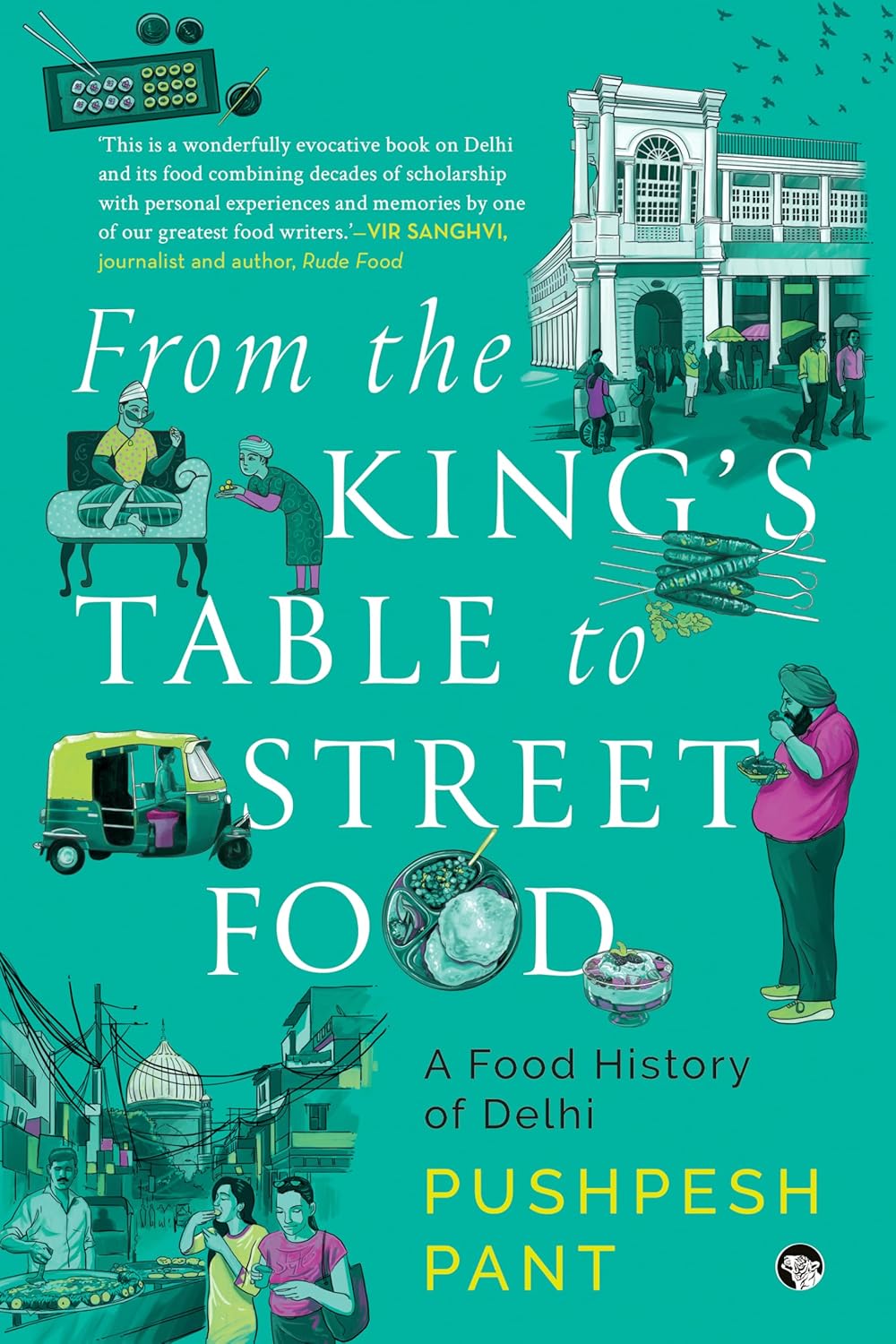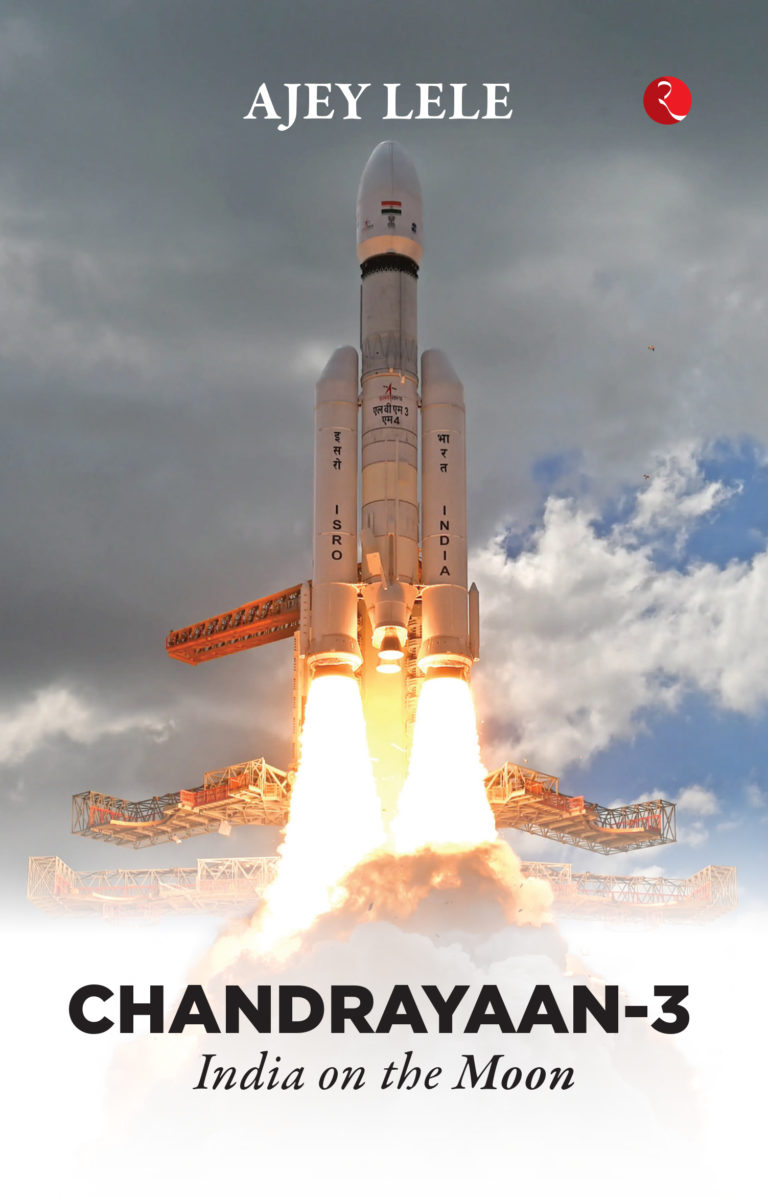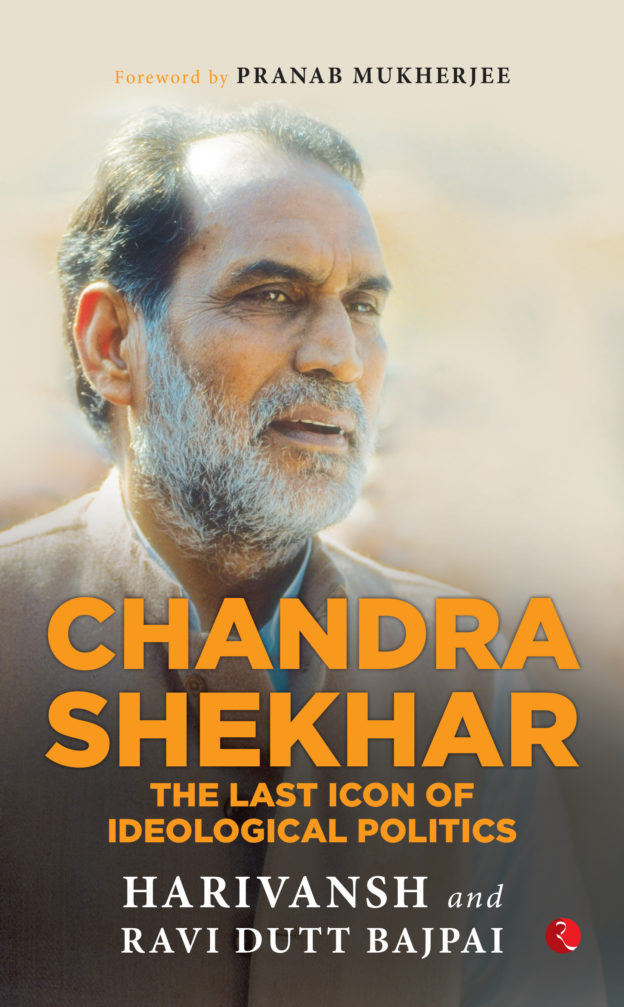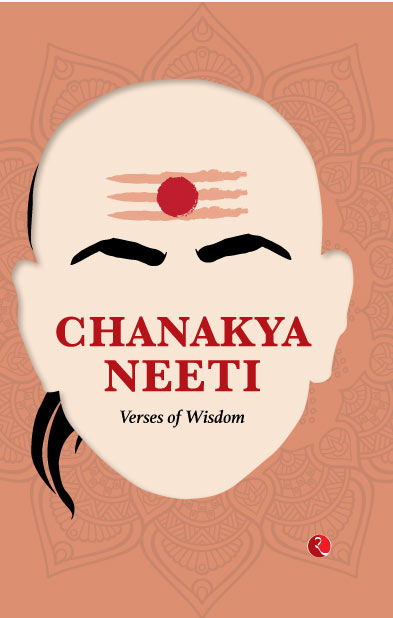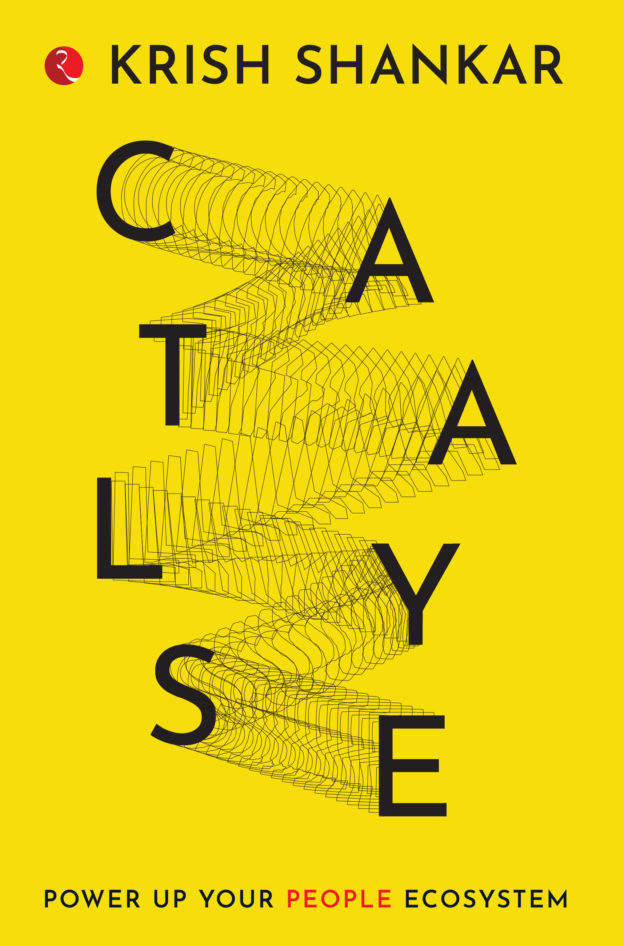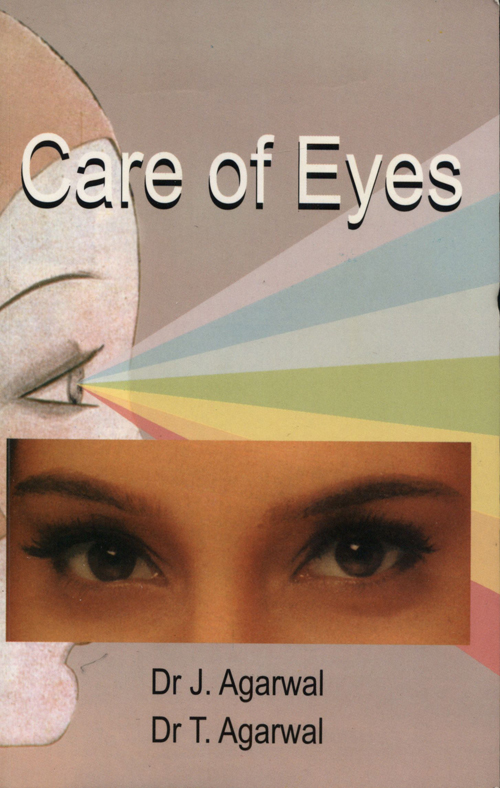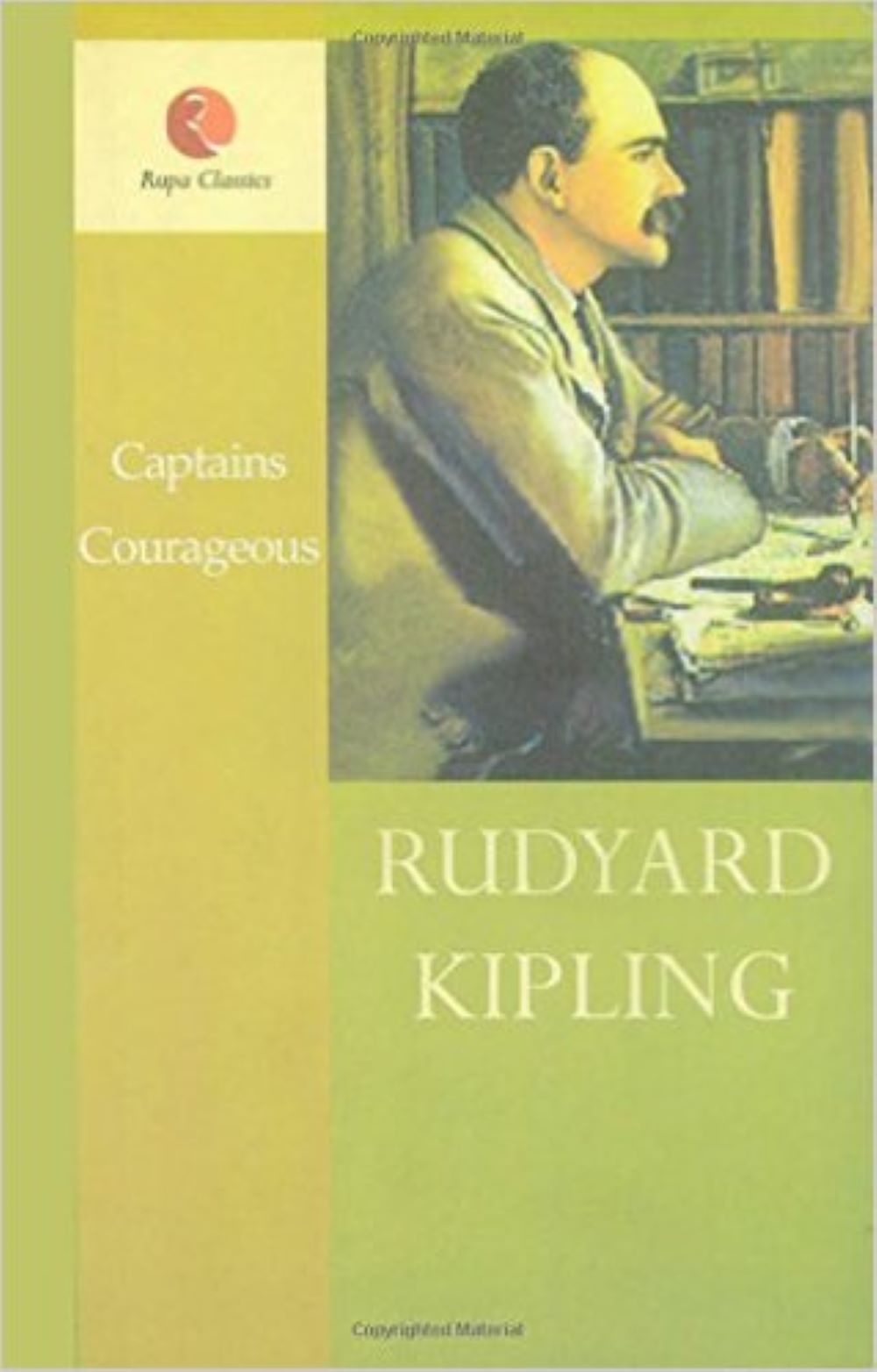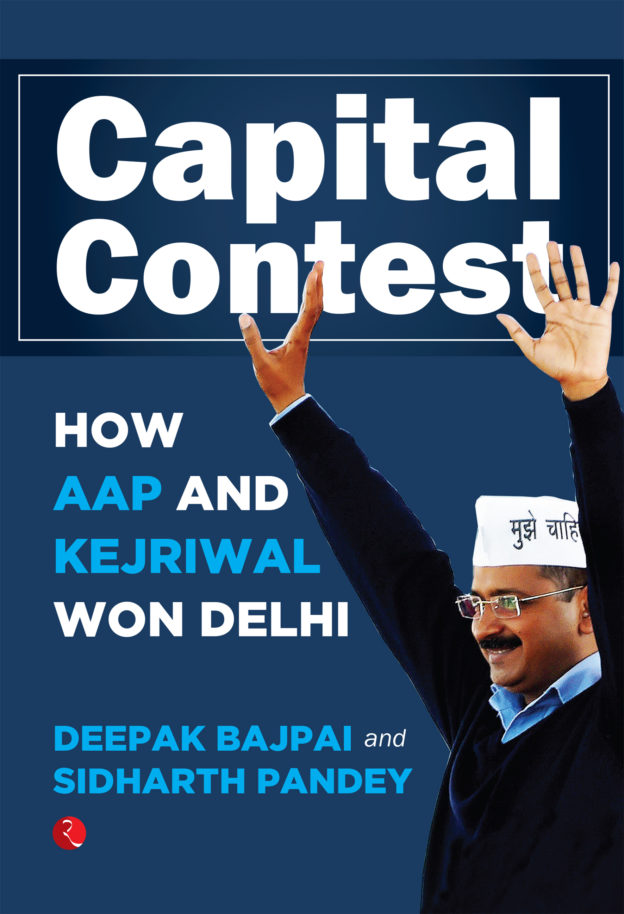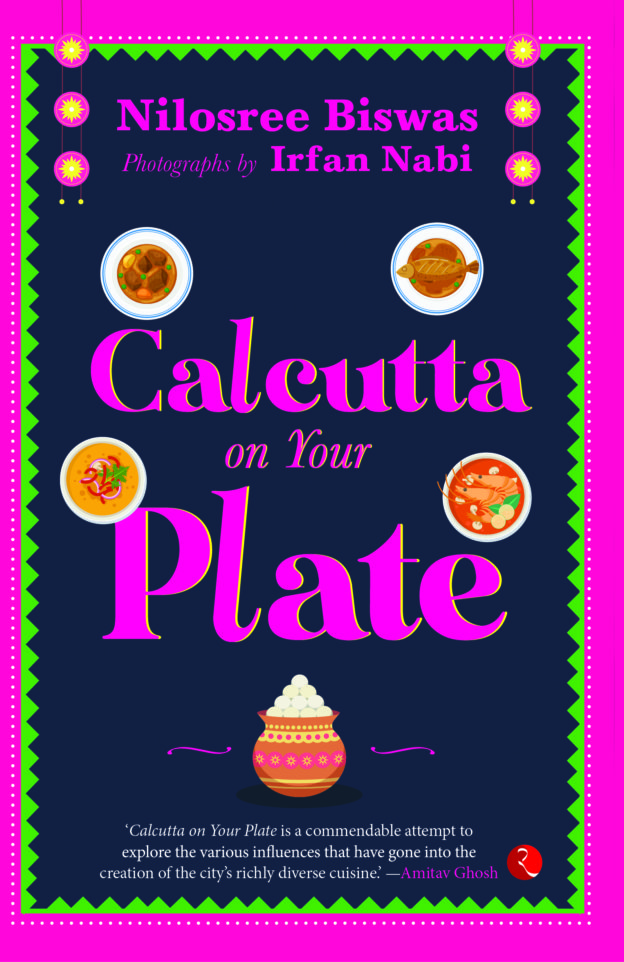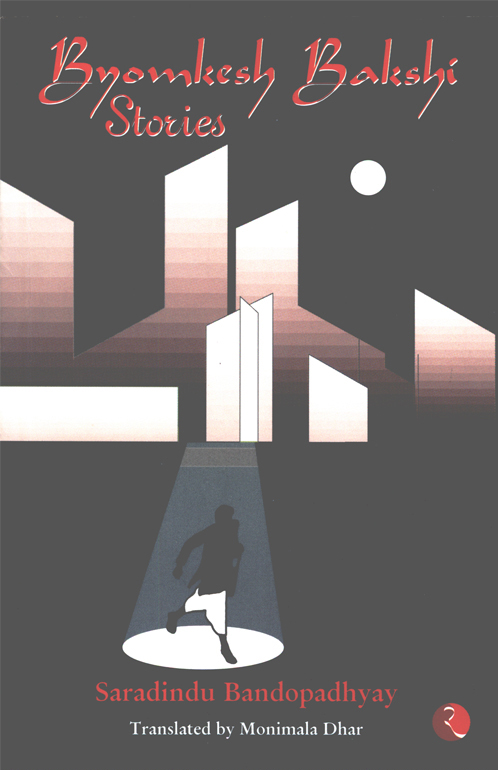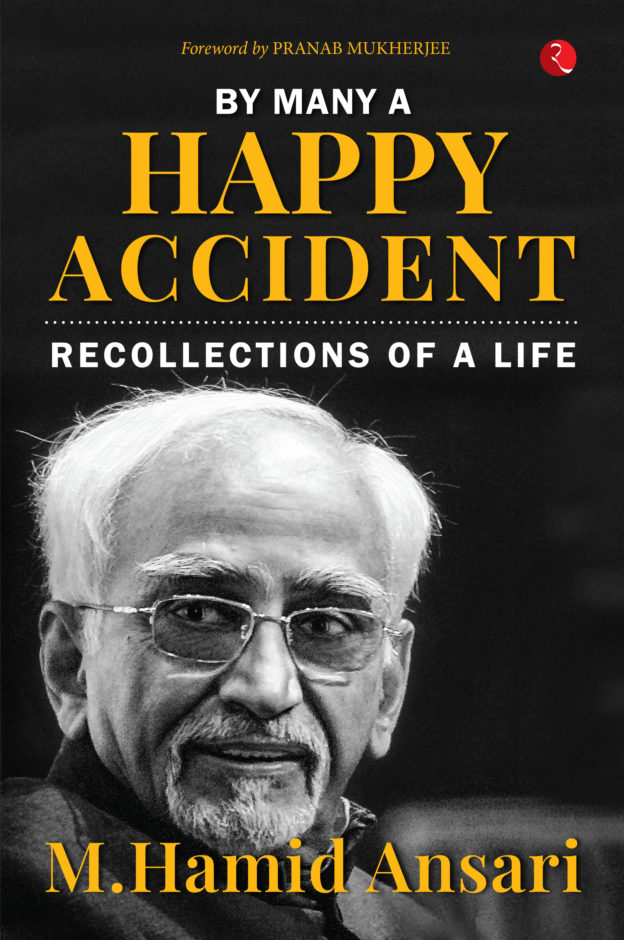FROM THE KING’S TABLE TO STREET FOOD A FOOD HISTORY OF DELHI
Pushpesh Pant is an academic, food critic and historian. He studied History, International Relations, and Law in Nainital and Delhi. He retired from Jawaharlal Nehru University (JNU) after a long teaching career spanning four decades. He has written over fifty books on cuisine, culture, religion, and foreign policy in English and Hindi. Pant is a regular contributor to English and Hindi newspapers and periodicals. He also anchors TV programmes and produces documentaries from time to time.
<p>Who is an ‘asli Dilliwala’—a true-blue Delhizen—and what is his cuisine?</p><p>To answer this question, Pushpesh Pant, food historian and raconteur</p><p>par excellence, takes us on a culinary journey from the Mahabharata’s</p><p>Indraprastha—the first city of Delhi—to the present day, through the</p><p>Sultanate, the Mughal Empire and the British Raj.</p><p>On this fascinating food trip, we savour the rich qormas and kebabs of</p><p>Shahjahanabad and the Shepherd’s Pie and mutton cutlets of ‘angrezon ki</p><p>Dilli’, with a light snack in between of papri or undiya, washed down with bael</p><p>ka sherbet in a good Baniya home. But that is not all. As Delhi’s population</p><p>grew to include migrants from across the country, so did its culinary</p><p>repertoire. The Dilliwala of today is as likely to enjoy Calcutta-style street</p><p>food—chops, cutlets, puchka and jhaalmuri—in the south Delhi colony of C.R.</p><p>Park, as he is to relish a berry pulao and dhansak at the Parsi Anjuman. And</p><p>what better tiffin than idli-dosa-sambar from the South Indian outlets that dot</p><p>the city? From a city identified largely with Punjabi and Mughlai food—butter</p><p>chicken and biryani—Delhi is now a melting pot of cuisines ranging from</p><p>Kashmiri, Bengali and Bihari, to Andhra, Naga and ‘Indian-Chinese’.</p><p>Pushpesh Pant also tracks the growth of the city’s restaurant culture, from</p><p>wayside dhabas and McDonalds to high-end restaurants that can compete with</p><p>the best in the world—justifying its claim to being a global food capital where</p><p>virtually every cuisine can be found, including Japanese, Thai, Mediterranean</p><p>and Korean.</p><p>Drawing on a wealth of historical records and literary sources, Pushpesh Pant</p><p>has written a delightful, anecdotal account of the life and food habits of each</p><p>period of Delhi’s history, that is as much a feast to be enjoyed, as the food he</p><p>describes.</p>

